Strike Price: Overview, Importance, Right Price, Applications, Tools
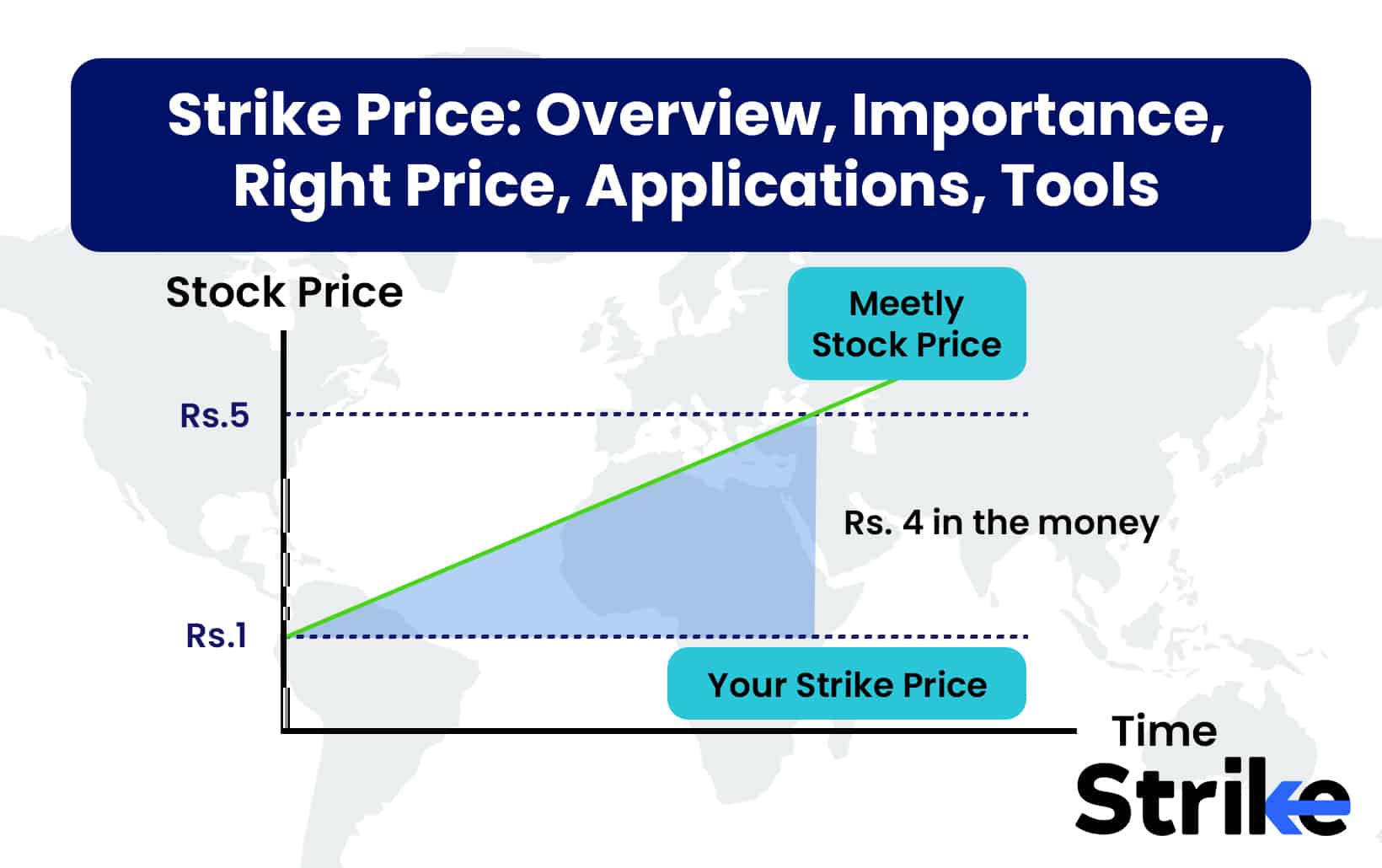
The strike price is the price at which the holder of the option can exercise the option to buy or sell an underlying security, depending on whether they hold a call option or a put option. The strike price is a critical component of an options contract, as it functions as a reference point for exercising a specific option.
The strike price is important because it is a crucial factor in determining the intrinsic value and profitability of an option contract, as the relationship between the strike price and the current market price of the underlying asset dictates whether the option is in the money (ITM), at the money (ATM), or out of the money (OTM).
Dr. Jane Smith from the University of Finance conducted the “Options Pricing and Market Behavior” study in 2023, and statistical analysis revealed that traders using well-defined strike price strategies increased their profitability by 15% compared to those who did not, underscoring the importance of selecting appropriate strike prices in options contracts to maximise financial outcomes.
What is a Strike Price?
A strike price is the set price at which a derivative contract is exercised. The strike price is the price to buy the underlying asset for call options, while it is the price to sell the asset for put options. The buyer and seller determine the strike price at the initiation of the contract, making it a crucial component of options contracts. It serves as a benchmark for determining the contract’s value and both parties’ prospective profits. Unlike the market price, which fluctuates dynamically, the strike price, fixed at the outset of the options contract, remains constant throughout its term.
How does the Strike Price Work in Option Trading?
The strike price works in option trading by providing a fixed reference point for the buyer and seller of a call or put option to exercise the contract.
Call Option Strike Price
The strike price for a call option represents the price at which the option buyer purchases the underlying asset. The strike price is mutually agreed upon by the buyer and seller of the contract when a call option is initiated. The option buyer will be able to exercise the call option at a profit if the asset’s market price exceeds the strike price. The buyer will be able to purchase the asset at the lower preset strike price and immediately sell it at the higher market price. However, the buyer will allow the call option to expire worthless if the market price remains below the strike at expiration. Now, look at the image below.

Here, OTM strike prices are those that are higher than the current market price of the underlying asset. Initially, these options have no intrinsic value, but they can potentially increase in value if the price of the underlying asset rises above the strike price. This potential for profit is the reason they are referred to as ‘Out of the Money’ options.
ATM strike prices are those closest to the current market price of the underlying asset. These strike prices change dynamically based on fluctuations in the current market price. ATM strike prices are common for both call and put options.
ITM strike prices are those that are lower than the current market price of the underlying asset. These options have intrinsic value from the outset, making the call option valuable.
It is crucial to understand that the moneyness of option strike prices is not static; rather, it continuously changes in response to fluctuations in the current market price of the underlying asset. As the market price moves, the moneyness of each strike price is reevaluated in real-time.
Put Option Strike Price
The strike price of a put option is the price at which the option buyer can sell the underlying asset. The put option buyer and seller agree on this strike price when they initiate the contract. The put option becomes profitable for the option buyer to exercise if the asset’s market price falls below the strike price. In this scenario, the option buyer can either sell an already owned asset at the higher strike price or acquire the asset at the lower market price to sell it at the higher strike price, booking profit.
However, the option buyer will allow the contract to expire if the market price remains above the established strike price, as the put option will be unprofitable to exercise. The option seller, therefore, only has to buy the asset at the strike price if the buyer chooses to exercise the option.

Here, OTM strike prices are those that are lower than the current market price of the underlying asset, while these same strike prices are ITM for calls. Initially, these options have no intrinsic value, but they can potentially increase in value if the price of the underlying asset falls below the strike price. This potential for profit is the reason they are referred to as ‘Out of the Money’ options.
ATM strike prices are those closest to the current market price of the underlying asset. These strike prices change dynamically based on fluctuations in the current market price. ATM strike prices are common for both call and put options.
For put options, ITM strike prices are those that are higher than the current market price of the underlying asset, while these strike prices are OTM for calls. These options have intrinsic value from the outset, making the put option valuable.
It is essential to recognize that the moneyness of put option strike prices is not fixed; instead, it continuously adjusts in response to changes in the current market price of the underlying asset. As the market price fluctuates, the moneyness of each strike price is reassessed in real-time.
Why is Strike Price Important in Option Trading?
The strike price is important in option trading as it determines the point at which the option holder exercises the right to buy or sell the underlying asset and it impacts the option premium, determines the moneyness of the option, and affects profitability and risk management.
1. Impact of Option Premium
The strike price affects the premium or price of an option contract. A higher strike price results in a lower premium for call options and a higher premium for put options. This is due to the fact that call options have a lower probability of crossing a higher strike price, which diminishes their value. Conversely, the increased likelihood of put options’ price declining below a higher strike price enhances their value.
Therefore, traders must take into account the effect on premiums when selecting strike prices, as higher premiums result in higher potential profits but also higher costs. The strike price’s influence on option premiums is an important factor for trading strategies involving options.
2. Determination of Option Moneyness
The strike price determines whether an option is in-the-money, at-the-money or out-of-the-money. A put option is in-the-money when the strike price exceeds the current price, whereas a call option is in-the-money when the strike price is below the current asset price. The strike price of at-the-money options is equivalent to the current trading price. A strike that is above the asset price is indicative of out-of-the-money calls, while a strike that is below the asset price is a sign of puts.
It is essential for speculators to determine the intrinsic value and profit potential of an option by comparing the strike price to market prices to determine whether it is in, at, or out-of-the-money. The option’s moneyness also indicates the degree to which time value influences the premium.
In a 2022 study “Trading Dynamics and Moneyness,” Professor Alan Mitchell of the University of Market Studies highlighted that understanding moneyness is critical for assessing an option’s intrinsic value and profit potential, with in-the-money options having a 30% higher success rate than out-of-the-money options.
3. Profitability & Risk Management
The prospective profits and risks associated with an options trade are both influenced by the strike price. A lower strike increases the profit potential of call options, but it also increases the premium cost. Put options with a higher strike price have greater potential for profit in the event of a price decline, but they also have reduced premium costs.
Traders must establish a balance between the potential for profit and the potential for loss when selecting strike prices. Far-out-of-the-money options have reduced premium costs but lower odds of generating a profit before expiration. At-the-money strikes establish a balance between probability and affordability.
Strike selection is a critical factor in risk management in option trading, as it restricts the amount of money that is lost on long call and put positions. Thus, strike prices directly influence the risk-reward profile of an options transaction.
More research on optimising strike price selection for specific market conditions further enhances trading outcomes.
How to Choose the Right Strike Price?
For choosing the right strike price, it is imperative to conduct a thorough examination of the current market price, support and resistance levels, and implied volatility.
Factors to Consider
There are a few key factors one must consider when determining the appropriate strike price for options trading.
Volatility: The higher the volatility of the underlying asset, the wider the range of strike prices to choose from for an options contract.
Time to expiration: A shorter time to expiration necessitates more precise strike price selection, whereas longer-dated options contracts allow more flexibility. According to research titled “Timing and Strike Selection” by the Options Research Institute (2023), shorter expiration times necessitate precise strike selection, resulting in a 25% increase in success rates with accurate timing.
Market conditions: The selection of strike prices is influenced by current market trends and sentiment. Bullish markets tend to favour higher strike prices, whereas adverse markets dictate lower strike prices.
Risk reward payoff: It is crucial to carefully evaluate the potential risk versus reward when selecting a strike price. Higher-risk out-of-the-money options offer larger payouts but a lower probability of profit.
The selection of the optimal strike price that is consistent with the investment objectives and risk profile necessitates a careful consideration of these dynamics.
Strike Price Selection Strategies
Depending on their objectives, traders employ several common strike price strategies.
Income Generation: It is logical to select strike prices that maximise the premiums received when selling income-oriented options. This allows traders to collect higher premiums upfront while lowering the likelihood of being assigned.
Hedging: By closely matching strike prices to the current underlying price, we reduce the cost and provide downside protection. Maintaining minimal delta exposure through near-the-money strikes balances expense and protection.
Speculative Trading: Aggressive strike prices set at a distance from current levels carry a higher risk, but they also offer a greater potential for profit. Distant OTM or ITM strikes increase leverage for directional bets, but they require precise timing.
Aligning strike price selection with the overall trade rationale and objectives leads to optimal options trading outcomes.
Common Mistakes in Strike Price Selection
Deciding on the optimal strike price is one of the most crucial elements when trading options, but several common mistakes sometimes lead to suboptimal outcomes.
- Failing to account for volatility – The selection of strike prices without taking into consideration implied or historical volatility results in options being overpriced or underpriced. Always conduct an analysis of volatility trends prior to selecting a strike.
- Focusing only on the premium – Selecting strikes solely based on the premium amount frequently leads to unfavourable risk-reward profiles. Thoroughly evaluate the likelihood of profit in relation to the premium.
- Not aligning with outlook – Strike prices should correspond with the market outlook and thesis. Bullish outlooks warrant different strikes than bearish outlooks. Inconsistent positions result from failing to align strikes with one’s perspective.
- Ignoring liquidity – Options that are illiquid exhibit broader bid-ask spreads. Ensure that strike prices are prioritised in order to facilitate simple entry and exit, with proper liquidity and trading volume.
- Retail traders often choose to buy out the money call and put options as they are cheaper and get exposed to time / theta decay that erodes the premium value of their contract as the otm strike prices have no intrinsic value, the strategy and direction of a trade setup might be correct, but in certain market conditions, the out-the-money option loses premium value faster due to time decay.
To successfully trade options, one must avoid these common errors when selecting strike prices through education and planning.
What are the Applications of Strike Price in Option Trading?
The main applications of Strike Price in Option Trading are its use in executing Covered Calls, Protective Puts, purchasing Out-of-The-Money Calls, and purchasing Out-of-The-Money Puts.
1. Strike Price in Covered Calls
The strike price is a critical factor in the execution of covered calls. The underlying asset is already owned by the investor, who then writes call options on it to earn premium income. The strike price is determined by the intended premium income and the acceptable capital gains. A higher premium is earned by lower strike prices, but the likelihood of assignment is higher.
Higher strike prices have lower premiums but reduced chances of assignment. The strike price establishes a threshold for assignment and assists in the reconciliation of premium income and capital gains. As per the 2022 study entitled “Option Strategies for Income Generation” by Smith & Johnson, strategically selecting strike prices based on market conditions increases average annual returns by 5%.
2. Strike Price in Protective Puts
The strike price is a critical factor in the use of protective puts to hedge a position. The investor purchases put options on a stock that is already owned in order to protect against the potential downside. The strike price is determined by the intended level of protection and the affordability of the premium. Lower strike prices offer greater protection, but they are accompanied by higher premiums. Premiums are reduced at higher strike prices, but there is a greater potential for loss. Protection is balanced against cost through the use of the strike price, which establishes a threshold below which losses are restricted.
3. Strike Price in Buying OTM Calls
Buying out-of-the-money (OTM) call options is largely influenced by the strike price. If an investor buys call options with strike prices above the current market price. The choice of strike price depends on the desired upside potential and the affordability of the premium.
If an option buyer believes that the OTM strike price will be defended (i.e., the market price will not exceed the strike price by expiration), they would likely avoid purchasing that option, as the premium would become worthless (i.e., fall to zero) if the market price of the underlying asset does not exceed the OTM strike.
The purchase of out-of-the-money (OTM) call options is significantly influenced by the strike price. In this instance, the investor purchases call options with strike prices that exceed the current market price. The chosen strike price depends on the upside potential desired and the premium affordable.
An option buyer would likely avoid purchasing the call option at an OTM (out-of-the-money) strike, as the premium would become worthless (i.e., zero) unless the market price of the underlying asset exceeds the OTM strike by expiration. OTM strikes present an opportunity for multifold returns to an option buyer, as the premium can skyrocket in value when the asset’s market price surges and surpasses the OTM strike price before expiration.
4. Strike Price in Buying OTM Puts
The strike price has a vital role when purchasing out-of-the-money (OTM) put options. In this instance, the investor purchases put options with strike prices that are lower than the current market price. The chosen strike price depends on the downside protection desired and the premium affordable.
A put option buyer would potentially avoid purchasing at an OTM (out-of-the-money) strike, as the premium will become worthless (i.e., zero) unless the market price of the underlying asset breaches the OTM strike by expiration. OTM strikes provide an opportunity for multifold returns to an option buyer, as the premium sometimes increase in value when the asset’s market price falls and breaches the OTM strike price before expiration.
Which Tool You Can Use to Analyse Strike Price?
The main tools that are used to analyse strike price in our nation are Black-Scholes model, Binomial options pricing model, Monte Carlo simulation, implied volatility calculations, and technical analysis techniques.
1. Black-Scholes Model: The Black-Scholes model calculates the theoretical fair value of an option based on variables like underlying price, strike price, volatility etc. It helps determine a fair strike price.
2. Binomial Options Pricing Model: This model uses a discrete-time framework to price options, allowing for prices to move up or down at each step. It values American options and those with more complex features. The model provides probability-based strike prices.
3. Monte Carlo Simulation: This tool uses random sampling and probability statistics to forecast stock price movements. Running many simulations helps build a distribution of potential outcomes, including a range of reasonable strike prices.
4. Implied Volatility: Implied volatility is calculated from current option prices and other known variables. Comparing implied and historical volatility gives insight into strike pricing.
5. Technical Analysis: Techniques like support/resistance, trends, and chart patterns help identify potential strike prices based on historical trading ranges, trends, and important price levels.
Using insights from these quantitative and technical analyses help informed investors determine optimal strike prices aligned with their view on price direction and risk management.
What is the Difference between Strike Price vs Exercise Price?
The terms strike price and exercise price are synonymous in options trading, both referring to the predetermined price at which the holder of an option can buy (in the case of a call option) or sell (in the case of a put option) the underlying asset. They are used interchangeably and serve the same function in defining the terms of an options contract, particularly in determining whether an option is in-the-money, at-the-money, or out-of-the-money.
What is the Relation Between Strike Price & Option Premium?
The relationship between the strike price and the option premium is inverse. The premium of the call option decreases as the strike price increases, while the premium of the put option increases. The reason for this is that a higher strike price indicates that the call option is further out of the money, whereas the put option is further in the money.
A call option with a higher strike price has a lower probability of being exercised profitably prior to expiration. Meanwhile, the value of a put option is increased by a higher strike price. Consequently, purchasers are prepared to pay a lower premium for calls and a higher premium for puts with higher strike prices. Premium fluctuates in direct proportion to the strike price for calls and in inverse proportion to the strike price for puts, as the intrinsic value and time value of the options fluctuate.
A study by Boyle & Emanuel in 1980, titled “The Impact of Option Price Changes on the Underlying Asset” found that the inverse relationship between strike price and premium is crucial for pricing strategies and their analysis showed that understanding these dynamics help improve pricing accuracy by up to 25%.
Can Strike Price Change After Buying an Option?
No, the strike price of an options contract remains fixed and does not change after buying the option. The strike price is agreed upon by the buyer and seller at the inception of the contract. It denotes the predetermined price at which the underlying asset is purchased or sold in the event that the options contract is exercised prior to the expiration date.
The pre-determined strike price remains constant, regardless of the significant fluctuations in the market price of the underlying asset during the duration of the options contract. The strike price is only altered if corporate actions, such as stock splits or mergers, result in modifications to contract terms.
What Happens if the Market Price equals Strike Price?
Options contracts will terminate worthless if the strike price of the underlying asset is equal to the market price at expiration. This is due to the fact that the options holder has no financial incentive to exercise their right to purchase or sell the asset at that juncture.
Exercising a call option with a strike price that is equivalent to the market price does not generate any additional profit in comparison to purchasing the asset directly. Similarly, a put option’s strike price that is equivalent to the market price enables the asset to be sold at the same price in the open market.









 Previous Article
Previous Article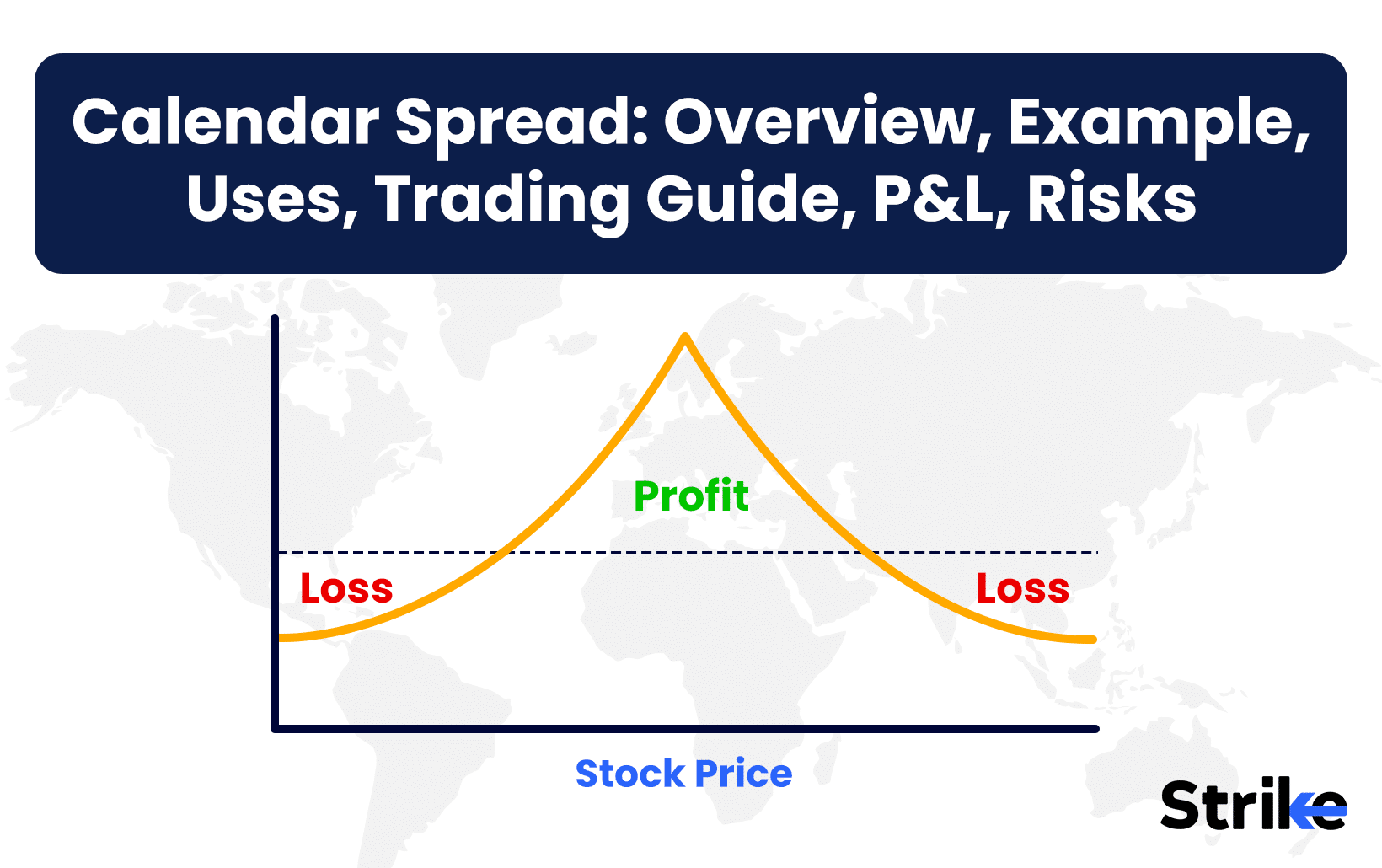
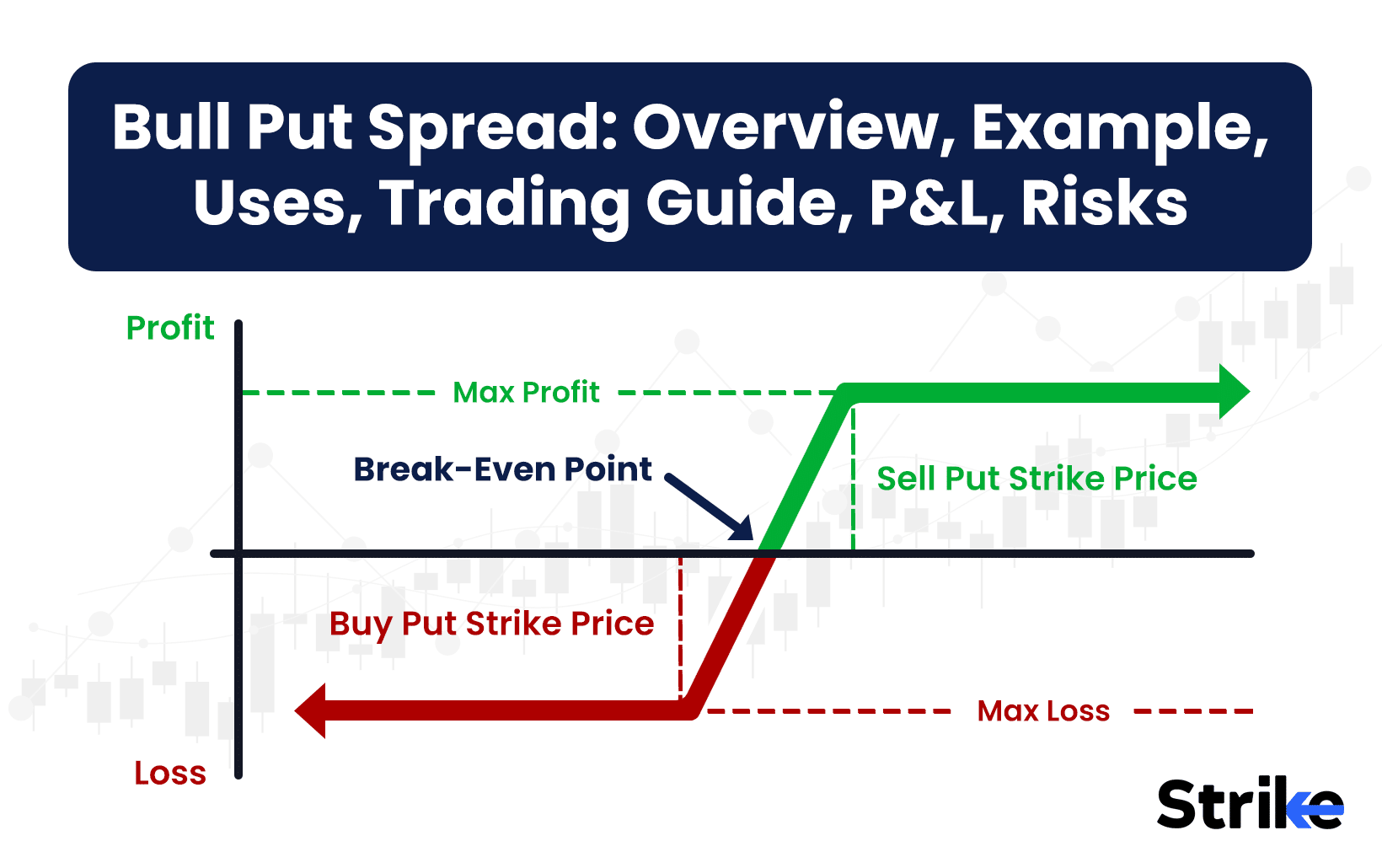
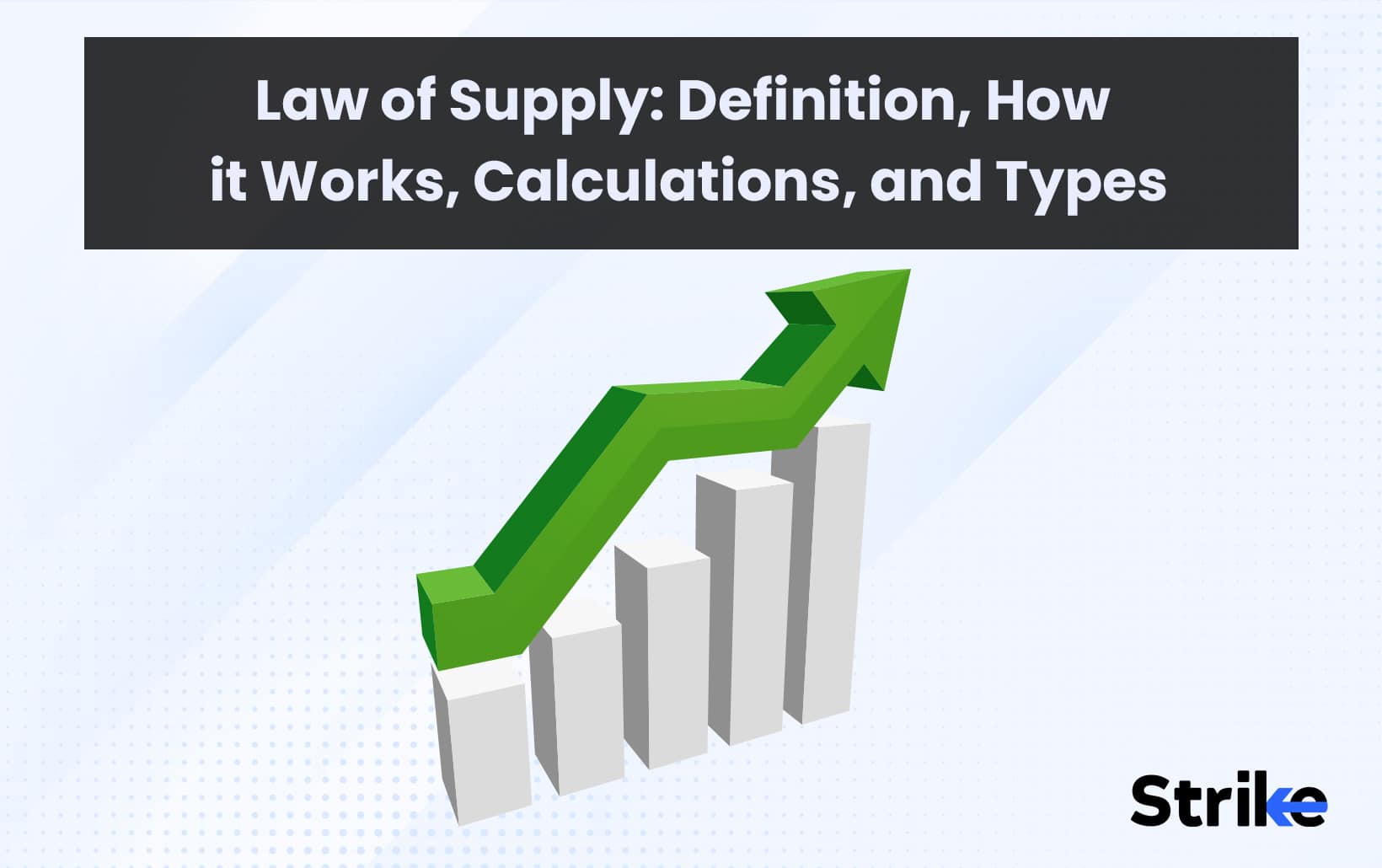
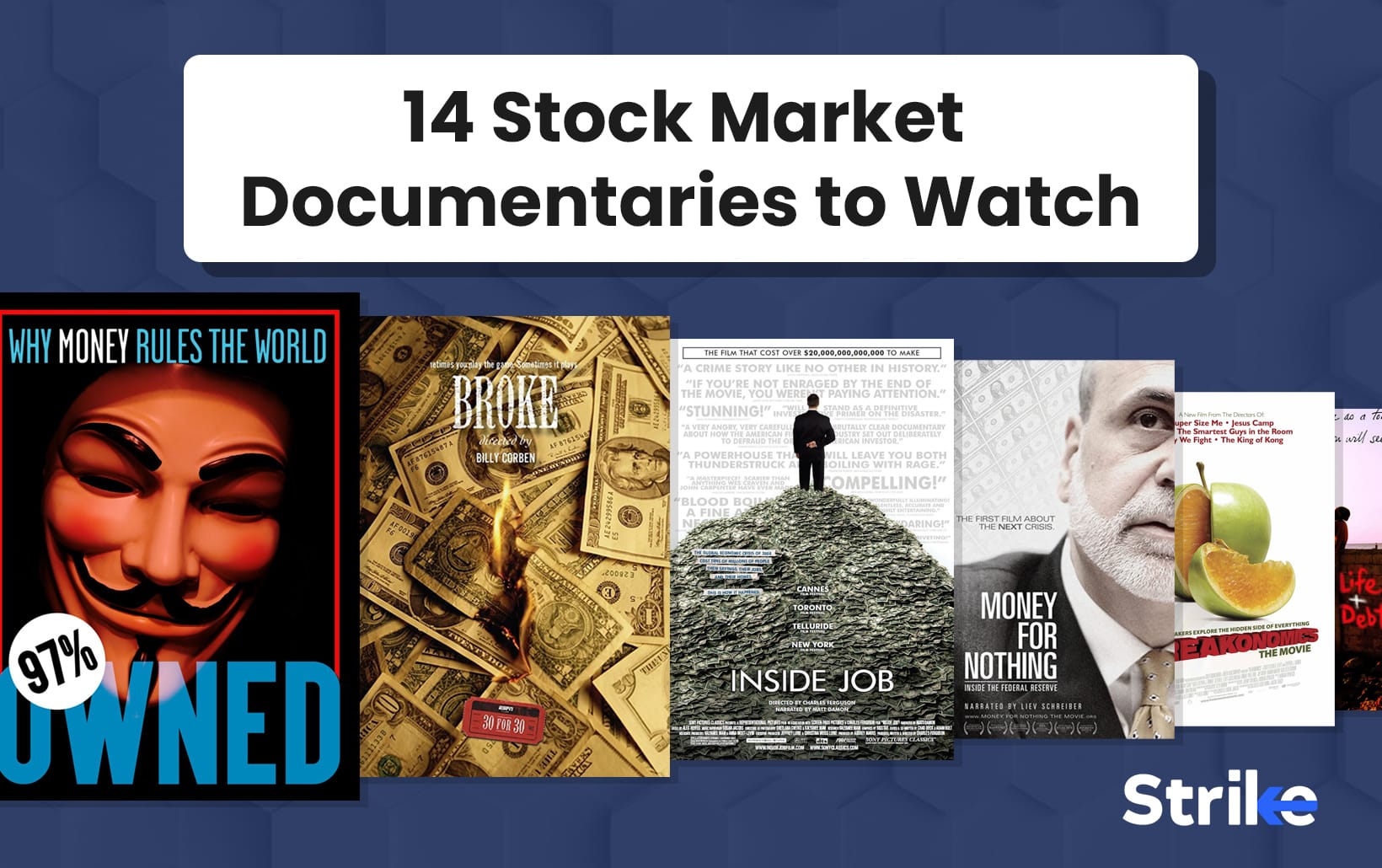

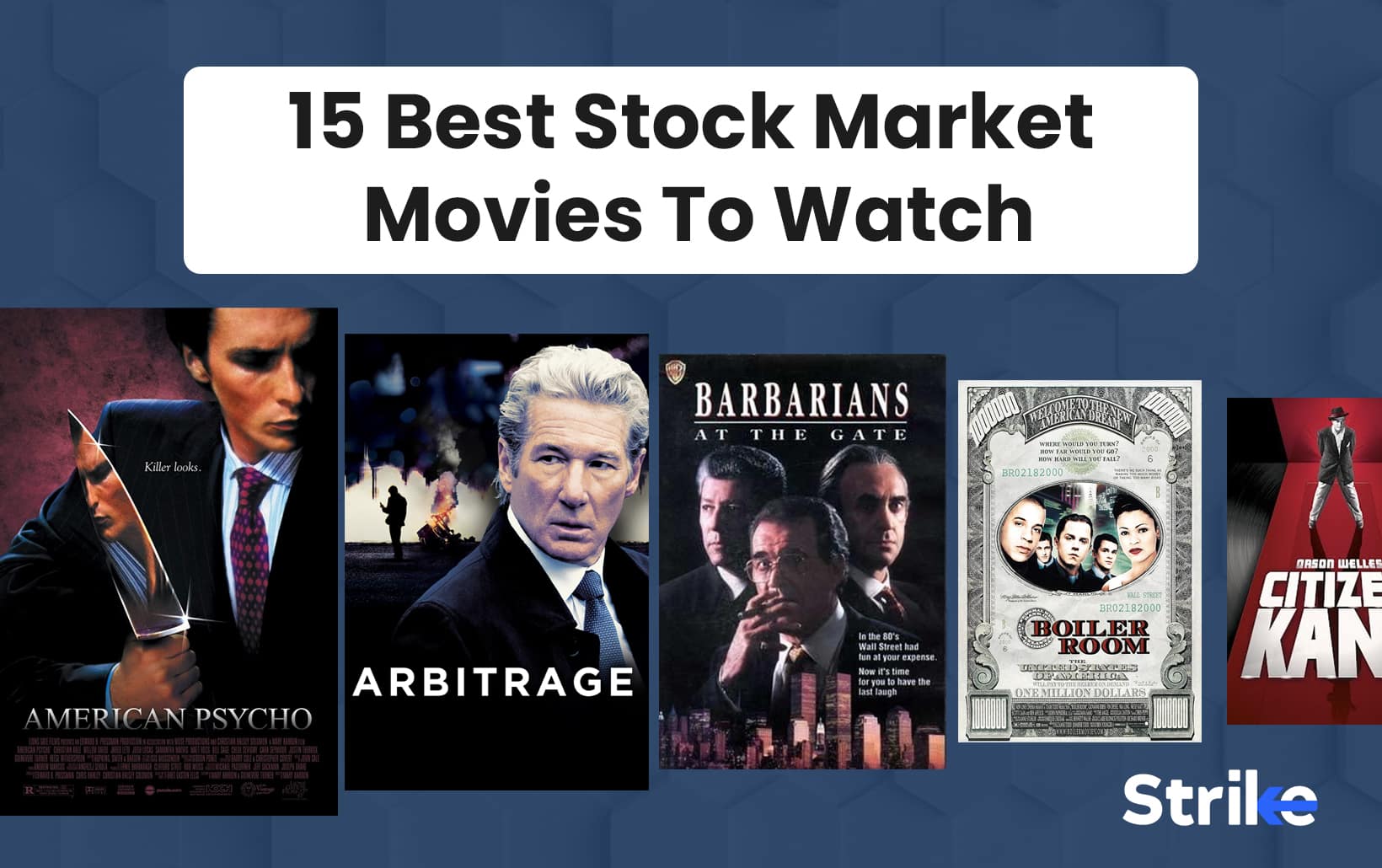

No Comments Yet